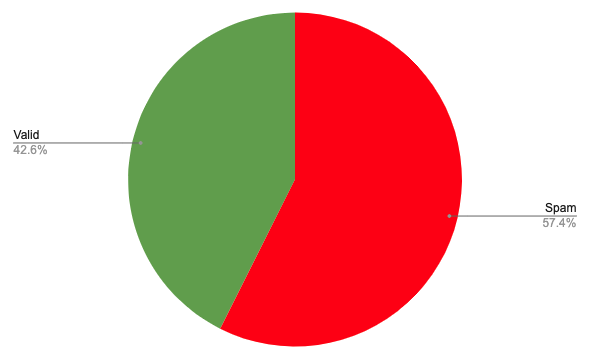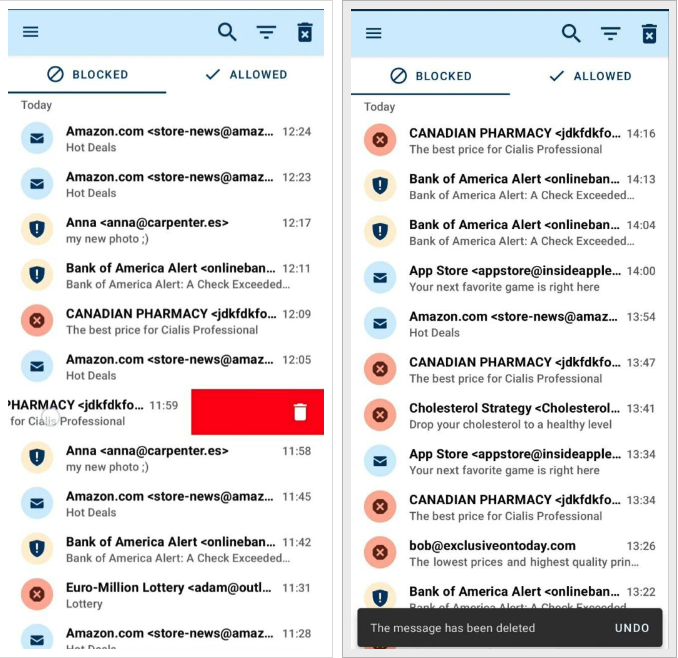Beware of phishing!
January 28, 2020Phishing nowadays becomes more and more common. The number of people using credit cards is growing rapidly. Each individual might have more than one credit card and the bigger number of credit cards you own the bigger chances are to be a victim of those who scam people. However, stealing credit card details is not the only way how to scam users. Your credentials are another way of phishing that could be quite painful and harmful once happen. We all understand that credit card phishing usually results in funds. Credentials phishing, on the other hand, results in data loss in most cases or unwanted personal information spreading.
We have already warned our users on the things mentioned above and now we’d like to share more tips and tricks on how to avoid these unwelcome surprises:
- never enter your credit card details on suspicious websites and think twice before making an online purchase on the site you have never shopped with before. Furthermore, we suggest having a separate credit card (with limited funds there) for online purchases only (yes, this would increase your credit cards number but this would definitely secure your main credit card).
- never reply to email messages asking you to provide credit card details, bank details, personal information. It does not hurt to contact your bank provider’s support to double check.
- websites with secure connection (https instead of http in the url), ssl connection of your email address settings instead of tls, correct website names (e.g. amazon instead of arnazon) are worth paying attention when it comes to online activity.
- your email address credentials should be secured too. What can you do here? First of all strong password: “crQ3&9fk22dcrec(M” is much better than “passworD!”, even though it could be hard for you to remember. A good habit is to change your password regularly (“regularly” here means like once in three months, not once a year🙂 )
- in terms of email address we also highly recommend using two factor authentication which adds another layer to security of your messages. App specific passwords are your best friends and do not hesitate to make them work for you.
All these precautions are really helpful, but malicious individuals or group of individuals will still be trying to scam you and your email address. Here come our spamsters: they will guard your Inbox and keep it clean an tidy. We will do our best to keep these messages away and leave only legitimate mails for you.
Besides, you can always contact Spamdrain support if you think there is a suspicious message even if you are in a very little doubt about that.
Do you try following all of the tips above? Probably, you can add something useful on how to stay safe and sound in this world of phishing and spam? Your thoughts and ideas are very welcome in comments.
If you like the post, feel free to share it with your friends 🙂
Thanks for reading!
2022 filtering statistics
2022 year has come to an end and now we are on full speed in 2023. Here at Spamdrain it was another hard working year and we are going to keep up the good work in 2023 as well. Here … Continue reading
The latest release of mobile apps
Great news! Both Android and iOS mobile applications are live and available in Google Play and App Store. Make sure the auto update is turned on in your device and if not it’s time to update the app! Now let’s … Continue reading




